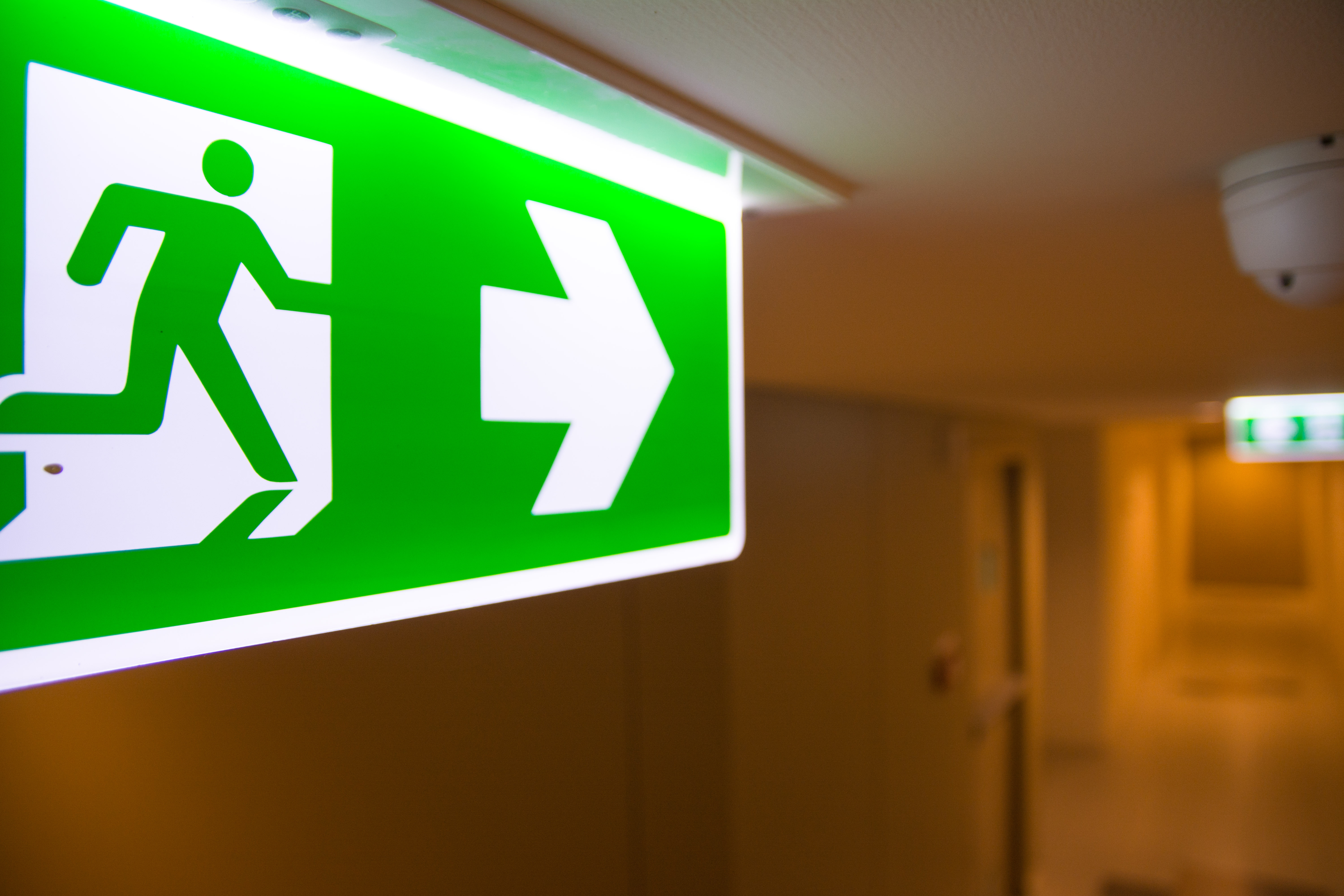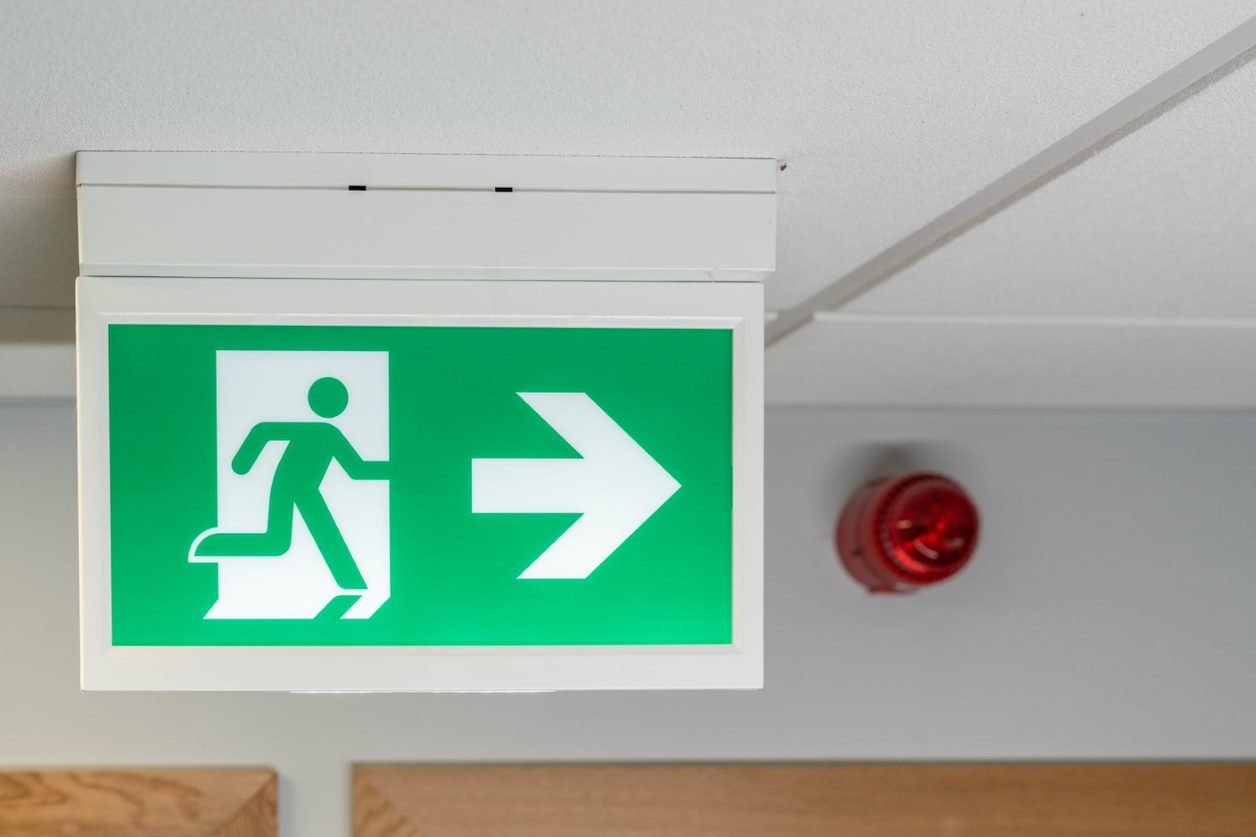The Importance of Wayfinding Signage for Fire Safety in Buildings

One of the most talked about topics in Fire safety is the new legislation surrounding wayfinding signage. In this blog, we’ll explore what Wayfinding signage entails and why it is an essential part of the fire safety of a building.
In the simplest of terms, Wayfinding Signage is a system of signs and symbols that guide people in case of a fire emergency. There are 2 main objectives of wayfinding signage:
- To help people quickly and safely evacuate a building and reach a designated assembly point
- To help emergency services identify their location within the building under poor visibility
As of January 23, 2023, the Fire Safety (England) Regulations 2022 mandates the installation of Wayfinding Signage in all high-rise residential buildings (18m in height or 7 storeys) in England as a legal requirement. The signage must include clear indications of floor numbers and individual flat numbers.
For a full list of wayfinding requirements, please see Approved Doc B Para 15.13 - 15.16

As with many of the recent changes to fire safety legislation, the Grenfell tower tragedy was the catalyst for these changes. The Grenfell Tower Inquiry Phase 1 highlighted the lack of clear floor numbering on stairwell landings, which made it difficult for the fire service to identify the floors during their operations. By installing wayfinding signage in existing high-rise residential buildings, the Fire Service can more effectively navigate the building in case of a fire, even in low visibility conditions.
Wayfinding Signage is so vital in the event of a fire, time is of the essence. People need to be able to find the nearest exit quickly and efficiently. Poorly designed or inadequate wayfinding signage can lead to confusion, delay, and even panic, increasing the risk of injury or death. Wayfinding signage is also essential for helping emergency services fulfil their roles, making the identification of specific flats and floors within the building much easier with the correct wayfinding signage.
Here are some of the important elements of effective wayfinding signage for fire safety:
- Visibility: Wayfinding signage must be highly visible and easy to read. It should be placed in prominent locations and lit adequately to ensure that people can see it even in low light conditions.
- Consistency: The signs and symbols used for wayfinding must be consistent throughout the building. This will help to reduce confusion and ensure that everyone can quickly understand the signs.
- Clarity: The signs must be simple and easy to understand. The use of pictograms, clear text, and contrasting colours can help to make the signs more understandable.
- Location: Wayfinding signs must be placed in strategic locations, such as at the end of corridors, near stairwells, and at the exits of the building. It is also important to place signs at regular intervals to ensure that people can find their way to the nearest exit.
- Directional Arrows: Arrows pointing in the direction of the nearest exit must be placed at regular intervals to help guide people to the exit.
- Maintenance: Wayfinding signage must be regularly maintained and updated to ensure that it remains effective. This includes checking that signs are still legible and visible, and updating them if necessary.
To summarise, Wayfinding signage is an essential component of the fire safety plan of a building. It helps to guide people to safety in the event of a fire emergency and can save lives by reducing confusion and ensuring people can evacuate a building quickly and efficiently. Building owners and accountable persons must take the time to design and implement effective wayfinding signage, and ensure that it is regularly maintained and updated.
For more information on wayfinding signage or if you would like to speak to one of our Fire Safety Consultants, then please contact us.
Sign up for fire safety updates
You'll receive all the latest news and blogs straight to your inbox.





